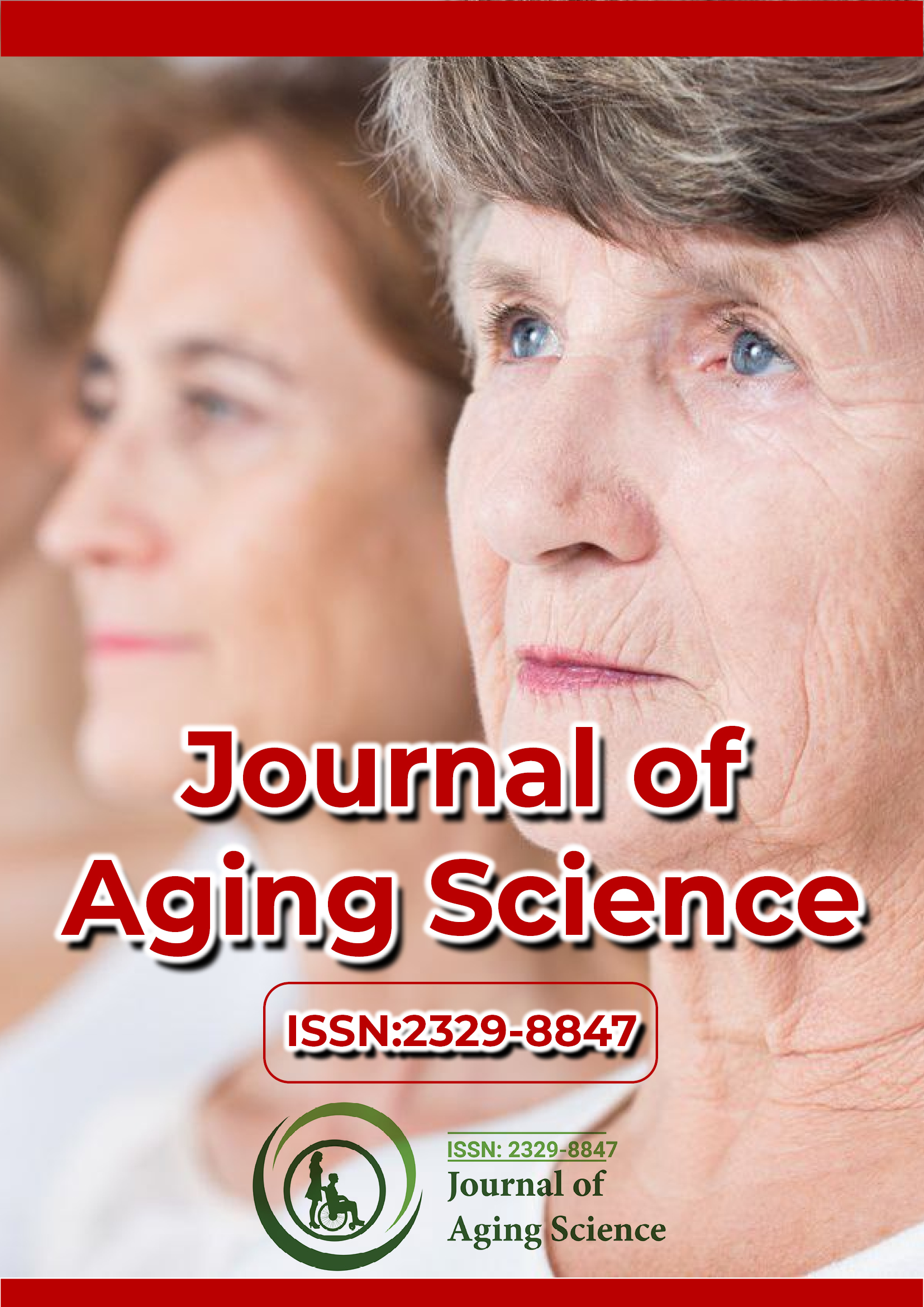PMC/PubMed Indexed Articles
Indexed In
- Open J Gate
- Academic Keys
- JournalTOCs
- ResearchBible
- RefSeek
- Hamdard University
- EBSCO A-Z
- OCLC- WorldCat
- Publons
- Geneva Foundation for Medical Education and Research
- Euro Pub
- Google Scholar
Useful Links
Share This Page
Journal Flyer

Open Access Journals
- Agri and Aquaculture
- Biochemistry
- Bioinformatics & Systems Biology
- Business & Management
- Chemistry
- Clinical Sciences
- Engineering
- Food & Nutrition
- General Science
- Genetics & Molecular Biology
- Immunology & Microbiology
- Medical Sciences
- Neuroscience & Psychology
- Nursing & Health Care
- Pharmaceutical Sciences
Graziella Caselli
Department of Statistical Sciences, Sapienza University of Rome, Italy
Biography
She graduated relatively late, in 1972, at the age of 33, in Statistics and Demography, at the University of Rome (formerly “La Sapienza”, now simply "Sapienza"), Immediately after her degree, she was appointed by her University (Sapienza) to work and teach as a demographer. She has participated in, or directed so many national research projects. Not surprisingly she has received a awards: for instance the Medal “Professor Jerzego Z. HOLZERA”, from the Warsaw-Poland University (August 2003), and she has lately been included in the “List of stars” (Le Stelle della Sapienza).
Publications
-
Research Article
Cohort analysis of gender gap after one hundred years old: the role of differential migration and survival trajectories
Author(s): Graziella Caselli*, Marco Battaglini and Giorgia Capacci
The persistence of mortality decline at all ages, and particularly at older ages, means that an increasing number of individuals are becoming centenarians and semi-super centenarians. Our hypothesis is that the gender differences in mortality level in old ages had an impact on the number of men and women reaching 100 years and so on the gender gap. Work-related international migration was also an important characteristic of Italian cohorts born in the last decades of the Nineteenth century, and in the first decades of the Twentieth, as these migrations affected more men than women. Referring to the Istat (Italian National Institute of Statistics) mortality data (Cause of Death Survey and Deaths of Resident Population survey) and the Semi super and Super centenarians Surve -SSC, that has been realized by Istat since 2009, the aim of this paper is to present the development of.. View more»

